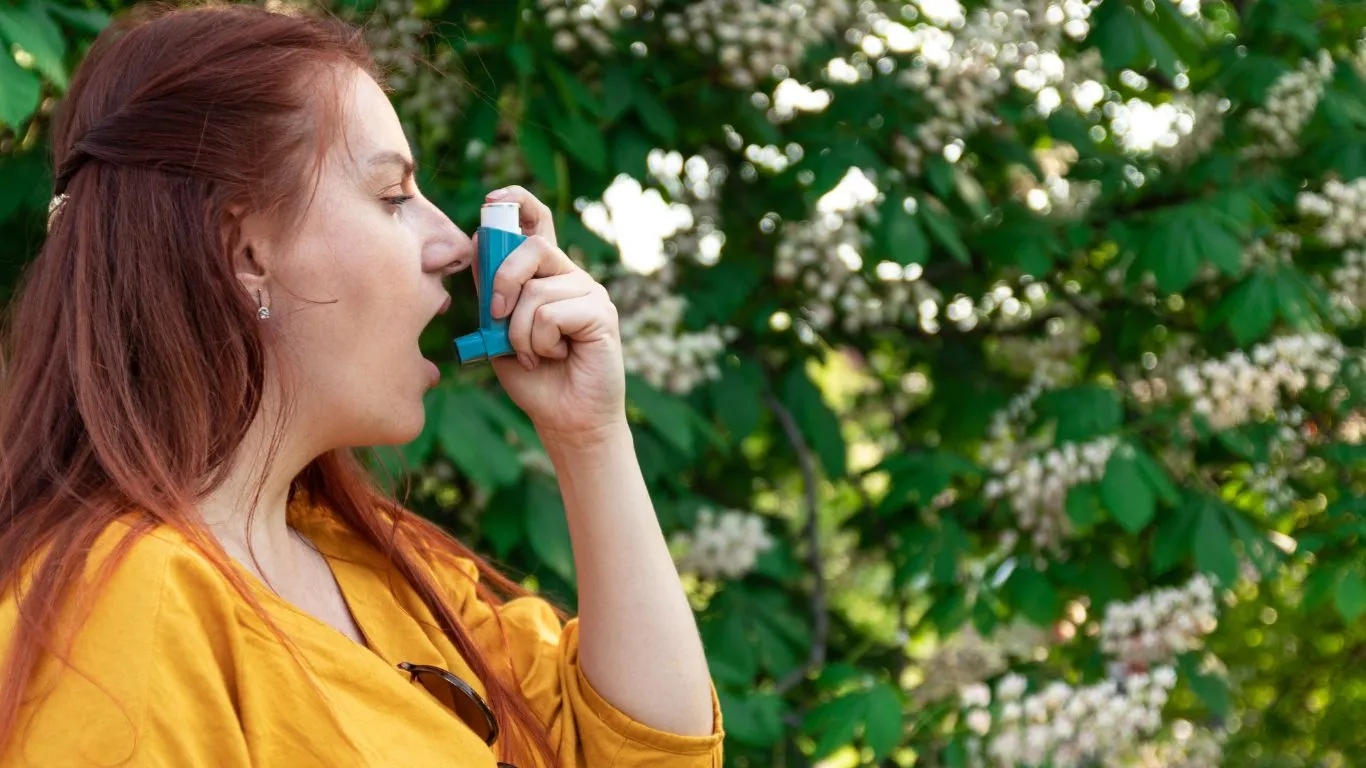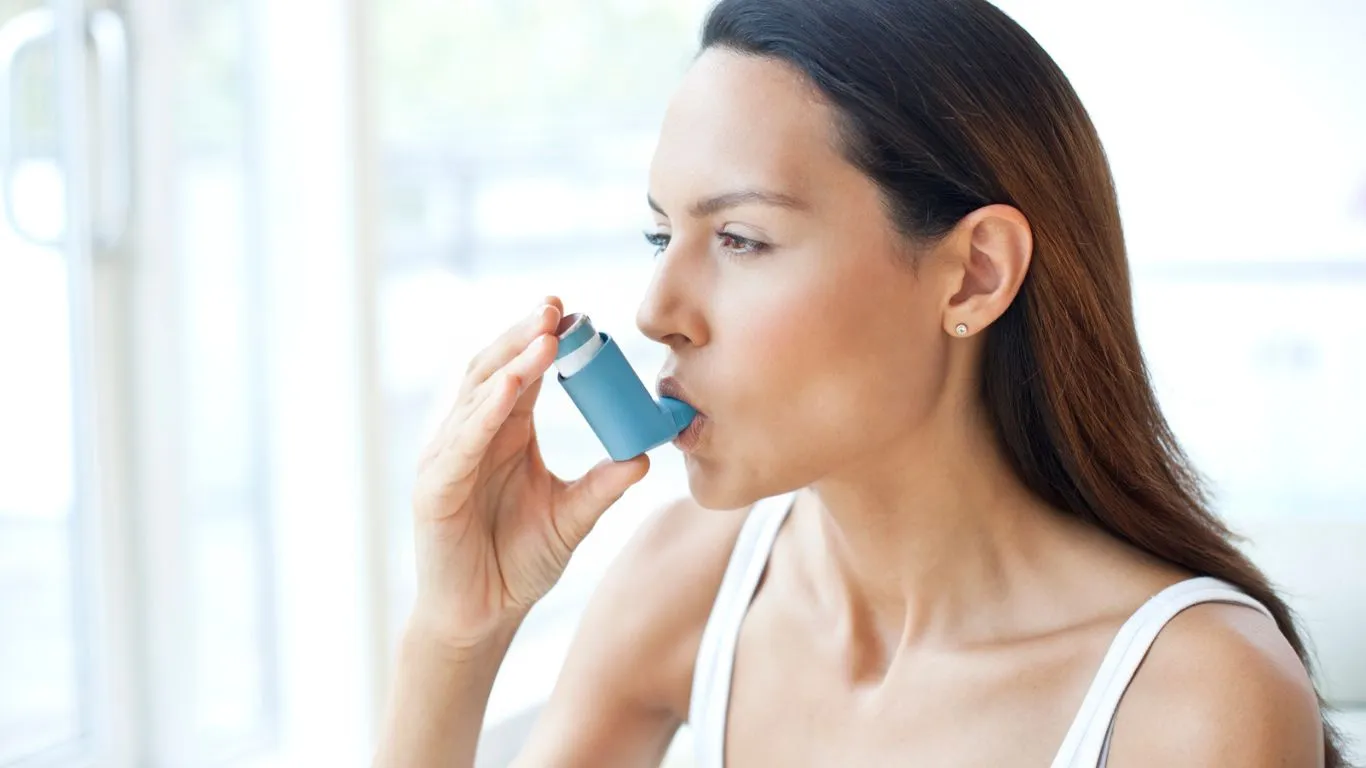Best Asthma-Friendly Activities for Toddlers to Stay Active & Safe
As an asthma expert and a mom, I know firsthand how tricky it can be to keep a toddler active while managing their asthma. You want them to run, play, and explore like any other kid, but at the same time, you’re always watching for triggers. Finding asthma-friendly activities for toddlers that keep them engaged, active, and, most importantly, safe is key. So, let’s dive into some fun, safe, and easy ways to keep your little one moving without worrying about flare-ups.
Why Physical Activity Matters for Toddlers with Asthma
Many parents worry that physical activity might trigger asthma symptoms, but the truth is, staying active is actually beneficial. Regular movement strengthens the lungs, improves overall health, and helps with asthma control. The trick is finding the right balance—activities that boost development without exposing toddlers to common asthma triggers like dust, pollen, or extreme weather.
Indoor Playtime: Safe and Fun Activities

Sometimes, outdoor air quality isn’t great, or cold weather makes it harder for little ones with asthma to breathe comfortably. That’s where creative indoor play comes in handy! Here are some fantastic ways to keep your toddler entertained and active indoors:
1. Dance Parties
Turn on some music and have a mini dance-off! Dancing is an excellent way to get little lungs working without exposing them to outdoor allergens. Plus, it’s pure joy watching them wiggle to the beat.
2. Obstacle Courses
Use pillows, soft furniture, and tunnels to create a fun, safe obstacle course. Crawling, climbing, and jumping (within reason) help develop coordination while keeping movement gentle enough for asthma-prone kids.
3. Balloon Games
Balloons move slowly, making them a perfect way to encourage movement without overexertion. Whether it’s a simple game of keep-it-up or a gentle toss, this is a great low-impact activity.
4. Yoga for Toddlers
Gentle yoga stretches help improve breathing techniques, flexibility, and relaxation. Start with simple poses like “downward dog” or “butterfly” and make it a fun bonding experience.
Outdoor Activities: Enjoying Fresh Air Without the Triggers

Outdoor play is important, but for toddlers with asthma, it’s essential to choose the right time and environment. Here’s how to enjoy the great outdoors safely:
1. Playground Play with Precautions
Opt for playgrounds early in the morning or later in the afternoon to avoid high pollen counts. Parks with rubber flooring are better than sand or wood chips, which can stir up allergens.
2. Nature Walks and Scavenger Hunts
Walking at a toddler’s pace through a park or garden is a great way to explore nature without overexertion. Create a simple scavenger hunt—find a red leaf, a tiny rock, or a bird—to keep them engaged.
3. Water Play
Sprinklers, splash pads, and kiddie pools are fantastic for hot days. Water play is gentle on the lungs, and there’s no risk of inhaling dust or pollen. Just be mindful of chlorine if your toddler has sensitivities.
4. Bubble Chasing
Blowing and chasing bubbles is an easy, low-intensity way to encourage movement. Plus, deep breaths from blowing bubbles can even help with breathing control.
Low-Energy Activities for Rest Days

Not every day needs to be filled with high-energy movement. Sometimes, your little one just needs a slower, more relaxed activity—especially if they’re recovering from a recent flare-up or simply having a lower-energy day. That’s totally okay! Here are a few ways to keep them engaged without tiring them out.
1. Storytime Adventures
Reading isn’t just a quiet activity—it can also be interactive! Act out stories, use silly voices, or even let your toddler “read” to you by flipping pages and describing the pictures. If your child loves movement, choose books that involve actions, like pretending to be different animals.
2. Sensory Bins
Sensory play is a fantastic way to engage toddlers without requiring a ton of movement. Fill a bin with asthma-friendly materials like dry rice, pasta, or soft fabric scraps. Avoid sand or strong-smelling items, which might trigger symptoms.
3. Gentle Stretching and Breathing Exercises
As an asthma expert, I always emphasize how important breathing techniques are. Teaching your toddler simple deep breathing exercises in a fun way—like pretending to blow out birthday candles or smelling imaginary flowers—can actually help with asthma management.
4. Puzzle and Matching Games
Simple puzzles, matching games, or stacking blocks provide a great way to work on coordination and cognitive skills while keeping things calm and low-energy.
Swimming: A Fantastic Asthma-Friendly Exercise

If I had to pick one of the best asthma-friendly activities for toddlers, swimming would be at the top of the list. Water provides gentle resistance for muscle development, and the humid environment helps keep airways from drying out. Plus, swimming is a full-body workout without the heavy impact of running or jumping.
1. Choosing the Right Pool
Not all pools are created equal when it comes to asthma. Some toddlers are sensitive to chlorine, which can be an irritant. If that’s the case, look for saltwater or well-ventilated indoor pools to minimize exposure.
2. Starting with Water Play
Before diving into actual swimming, introduce your toddler to water in a playful way. Let them splash, kick, and get comfortable with the feeling of being in water. The goal is to make it fun and stress-free.
3. Breathing Benefits of Swimming
Swimming naturally encourages controlled breathing, which is excellent for lung health. Blowing bubbles in the water is a simple but effective way to help your toddler practice controlled exhalation.
Best Practices for Keeping Your Toddler Safe During Activities

Every toddler is different, and so is every case of asthma. Some kids might be more sensitive to cold air, while others react to pollen or indoor allergens. Here are some tried-and-true tips to ensure your toddler stays safe while being active:
1. Watch for Early Signs of Asthma Symptoms
Before and during play, keep an eye out for signs like coughing, shortness of breath, or wheezing. If your toddler starts slowing down or rubbing their chest, take a break and have them rest.
2. Keep Rescue Medication Handy
Even with the best precautions, asthma symptoms can pop up unexpectedly. Always have your child’s rescue inhaler (or other prescribed medication) within reach, just in case.
3. Know the Best Times for Outdoor Play
If your toddler is sensitive to pollen, check air quality reports before heading outside. Playing in the morning or after a light rain can help reduce pollen exposure. If cold air is a trigger, dress them in layers and consider using a scarf to warm the air they breathe.
4. Avoid Common Indoor Triggers
Dust, pet dander, and strong fragrances can all be hidden triggers. Make sure play areas are well-ventilated and free from heavy scents or irritants.
Final Thoughts on Encouraging Active Play
Raising a toddler with asthma comes with unique challenges, but it doesn’t mean they have to miss out on fun, movement, and adventure. By choosing the right activities, being mindful of triggers, and staying prepared, you can create a safe, active lifestyle for your little one. Stay tuned for even more tips and activities to keep your toddler happy, healthy, and thriving!
Case Studies & Real-Life Examples

Every child with asthma is unique, and what works for one might not work for another. Over the years, I’ve worked with many parents trying to find the perfect balance between keeping their toddlers active and avoiding flare-ups. Here are a few real-life examples that show how different approaches can help.
1. Emily’s Story: Overcoming Outdoor Triggers
Emily’s parents loved taking her to the park, but her asthma symptoms often flared up due to pollen exposure. Instead of avoiding outdoor play altogether, they started tracking the daily air quality index (AQI) and only took her out when levels were low. They also made a habit of wiping her hands and face after playtime to remove pollen. With these small changes, Emily was able to enjoy nature walks and gentle outdoor play without frequent asthma episodes.
2. Jake’s Story: Finding the Right Sport
Jake loved to run, but his parents noticed that high-intensity activities often triggered wheezing. After consulting with their pediatrician, they introduced him to swimming. The warm, humid environment of the indoor pool helped his breathing, and his endurance improved over time. Swimming became his favorite activity, allowing him to stay active without constant breathlessness.
3. Mia’s Story: Indoor Alternatives
Mia lived in a city where pollution levels were often high, making outdoor play a challenge. Her parents set up an asthma-friendly indoor play area with soft mats, a mini trampoline, and sensory toys. They also introduced yoga and breathing exercises to help with lung function. Now, Mia stays active without exposure to environmental triggers.
Key Takeaways: What You Need to Remember

Managing asthma-friendly activities for toddlers doesn’t have to be overwhelming. With the right strategies, your child can enjoy an active and fun-filled childhood. Here are some key points to keep in mind:
- Physical activity is beneficial for children with asthma, as long as it’s done safely.
- Indoor activities like dance parties, obstacle courses, and sensory play are great alternatives when outdoor air quality is poor.
- Swimming is one of the best asthma-friendly exercises due to its warm, humid environment.
- Always watch for early signs of asthma symptoms and have a rescue inhaler available when needed.
- Check the AQI before outdoor play and avoid common triggers like pollen, cold air, and pollution.
FAQs
Still have questions? Here are some common concerns parents have when it comes to managing their toddler’s asthma while keeping them active.
1. Can my toddler outgrow asthma?
While some children see their asthma symptoms improve as they get older, others may continue to experience symptoms into adulthood. Regular asthma management and monitoring are key.
2. What are the best breathing exercises for toddlers with asthma?
Simple exercises like pretending to blow out candles, bubble-blowing, or belly breathing can help toddlers practice controlled breathing, which may improve lung function over time.
3. Should my child avoid sports altogether?
Absolutely not! The key is finding the right activity. Low-impact sports like swimming, gymnastics, or even yoga can be great options.
4. How do I know if my toddler is having an asthma attack during play?
Look for signs like excessive coughing, wheezing, or shortness of breath. If your child struggles to talk, breathe, or play normally, stop the activity immediately and follow their asthma action plan.
Bonus: Additional Resources or DIY Tips
If you’re looking for more ways to help your toddler stay active while managing asthma, here are a few extra tips and resources:
DIY Indoor Activity Ideas
- Homemade Obstacle Course: Use pillows, tunnels, and furniture to create a fun, soft play area.
- Bubble-Blowing Games: Encourage controlled breathing by making a game out of blowing bubbles.
- Yoga Storytime: Combine storytelling with simple yoga poses for a calming, asthma-friendly activity.
Helpful Resources
- Asthma and Allergy Foundation of America (AAFA) – Reliable information on asthma management.
- American Lung Association – Educational resources on lung health.
- Centers for Disease Control and Prevention (CDC) Asthma Page – Guidelines on managing asthma.
Appendix: References & Call to Action
For additional guidance, always consult your pediatrician or asthma specialist to tailor activities to your child’s specific needs. If you found this article helpful, feel free to share it with other parents navigating life with a toddler who has asthma!
Disclaimer: This article is for informational purposes only and should not be considered medical advice. Always consult a healthcare professional for medical concerns regarding asthma management.

Bianca Nala is a compassionate Nurse Practitioner with a strong background in primary and respiratory care. As a health writer for Healthusias.com, she combines her clinical expertise with a talent for clear, relatable storytelling to help readers better understand their health. Bianca focuses on topics like asthma, COPD, chronic cough, and overall lung health, aiming to simplify complex medical topics without losing accuracy. Whether she’s treating patients or writing articles, Bianca is driven by a single goal: making quality healthcare knowledge accessible to everyone.






